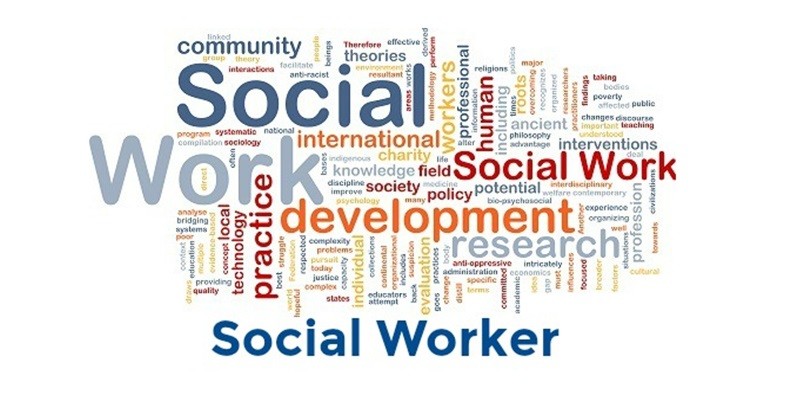
Q) What is labeling theory/ Elaborate.
Answer
GET INSTANT HELP FROM EXPERTS!
- Looking for any kind of help on your academic work (essay, assignment, project)?
- Want us to review, proofread or tidy up your work?
- Want a helping hand so that you can focus on the more important tasks?
Hire us as project guide/assistant. Contact us for more information
Labeling theory states that people come to identify and behave in ways that reflect how others label them. This theory is most commonly associated with the sociology of crime since labeling someone unlawfully deviant can lead to poor conduct.
Describing someone as a criminal, for example, can cause others to treat the person more negatively, and, in turn, the individual acts out.
Labeling theory was created by Howard Becker in 1963. Labeling theory takes the view that people become criminals when labeled as such and when they accept the label as a personal identity.
Important concepts in labeling theory include primary and secondary deviance, retroactive and prospective labeling, as well as the importance of being stigmatized. Primary deviance refers to episodes of deviant behavior that many people participate in. Secondary deviance is when someone makes something out of that deviant behavior, which creates a negative social label that changes a person’s self-concept and social identity. We call this negative label a stigma.
Labeling theory is one of the most important approaches to understanding deviant and criminal behavior. It begins with the assumption that no act is intrinsically criminal. Definitions of criminality are established by those in power through the formulation of laws and the interpretation of those laws by police, courts, and correctional institutions.
Deviance is therefore not a set of characteristics of individuals or groups but a process of interaction between deviants and non-deviants and the context in which criminality is interpreted.
Many children, for example, break windows, steal fruit from other people’s trees, climb into neighbors’ yards, or skip school. In affluent neighborhoods, parents, teachers, and police regard these behaviors as typical juvenile behavior.
But in poor areas, similar conduct might be viewed as signs of juvenile delinquency. This suggests that class plays an important role in labeling. Race is also a factor.
Critics of labeling theory however argue that it ignores factors—such as differences in socialization, attitudes, and opportunities—that lead to deviant acts.
StudyMumbai.com is an educational resource for students, parents, and teachers, with special focus on Mumbai. Our staff includes educators with several years of experience. Our mission is to simplify learning and to provide free education. Read more about us.

Leave a Reply
You must be logged in to post a comment.